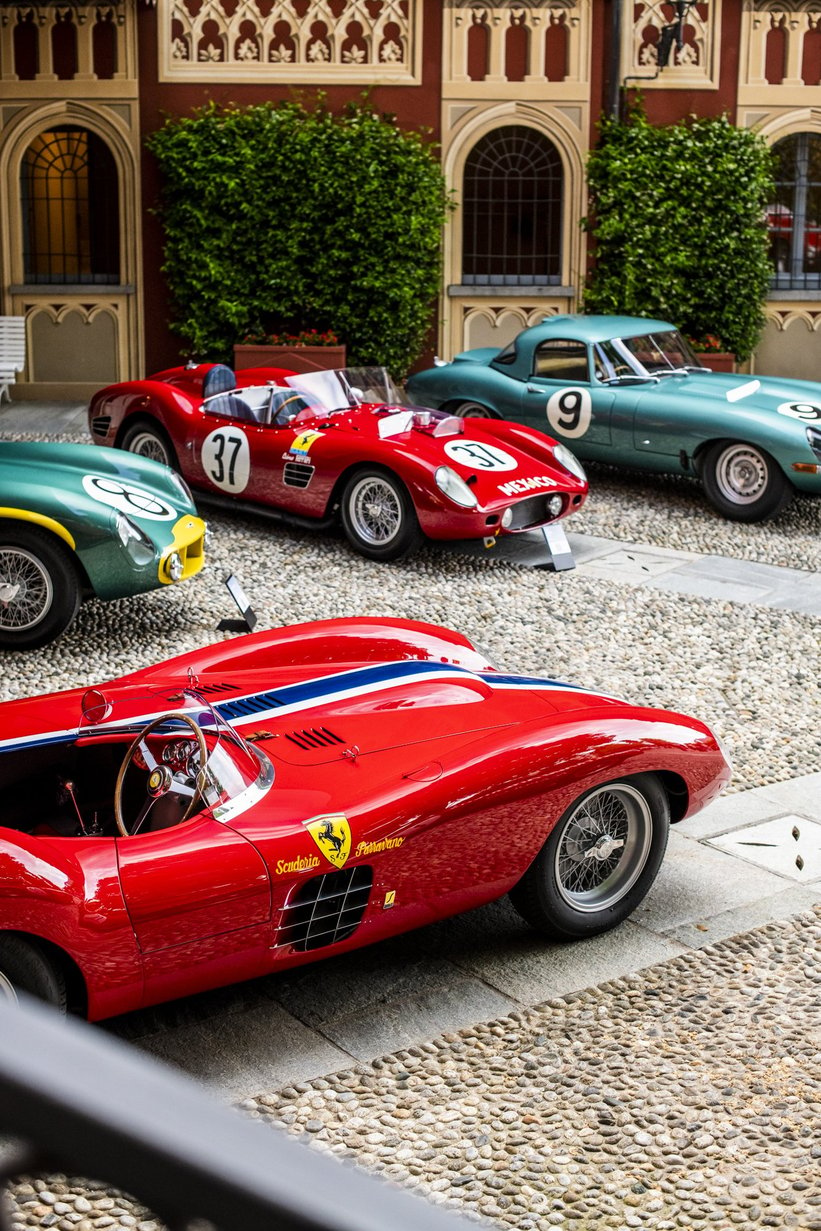
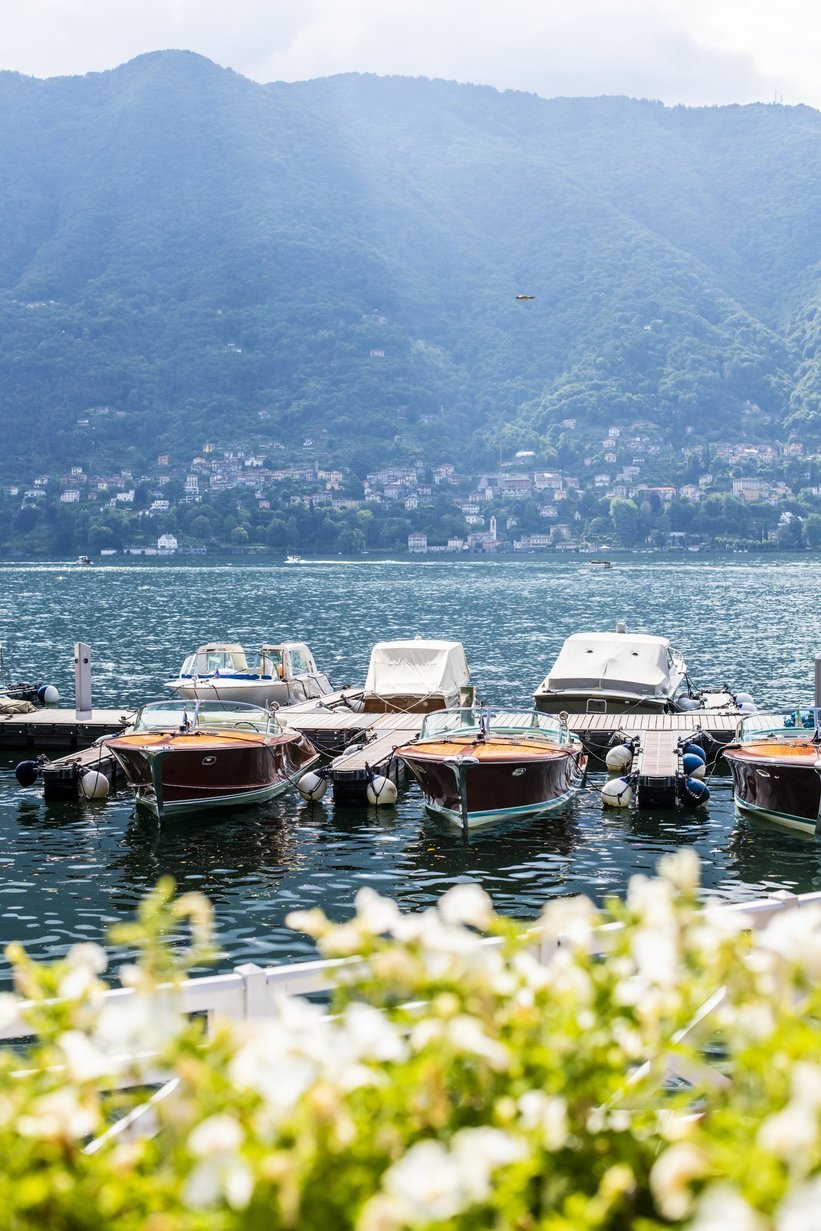
A faint glimmer of sunlight appears over the mountain and pierces the clouds on a misty Saturday morning on Lake Como. The beam reflects on the lake’s silver waters, reminiscent of mercury in an old school thermometer, and bounces off a chromed espresso machine. It’s six o'clock in the morning and the Grand Hotel Villa d’Este is bustling. But the clinking of glasses, cups, and cutlery, and the murmur of tablecloths, are not the only soundtrack to the choreography of waiters in motion; loud racing engines are being fired up, waking everyone still asleep within a 5 kilometre radius. Cars slowly emerge from the bowels of the hotel garage and make their way through the garden, expertly helped by BMW Classic staff members in their hundreds, guiding them to their final positions.
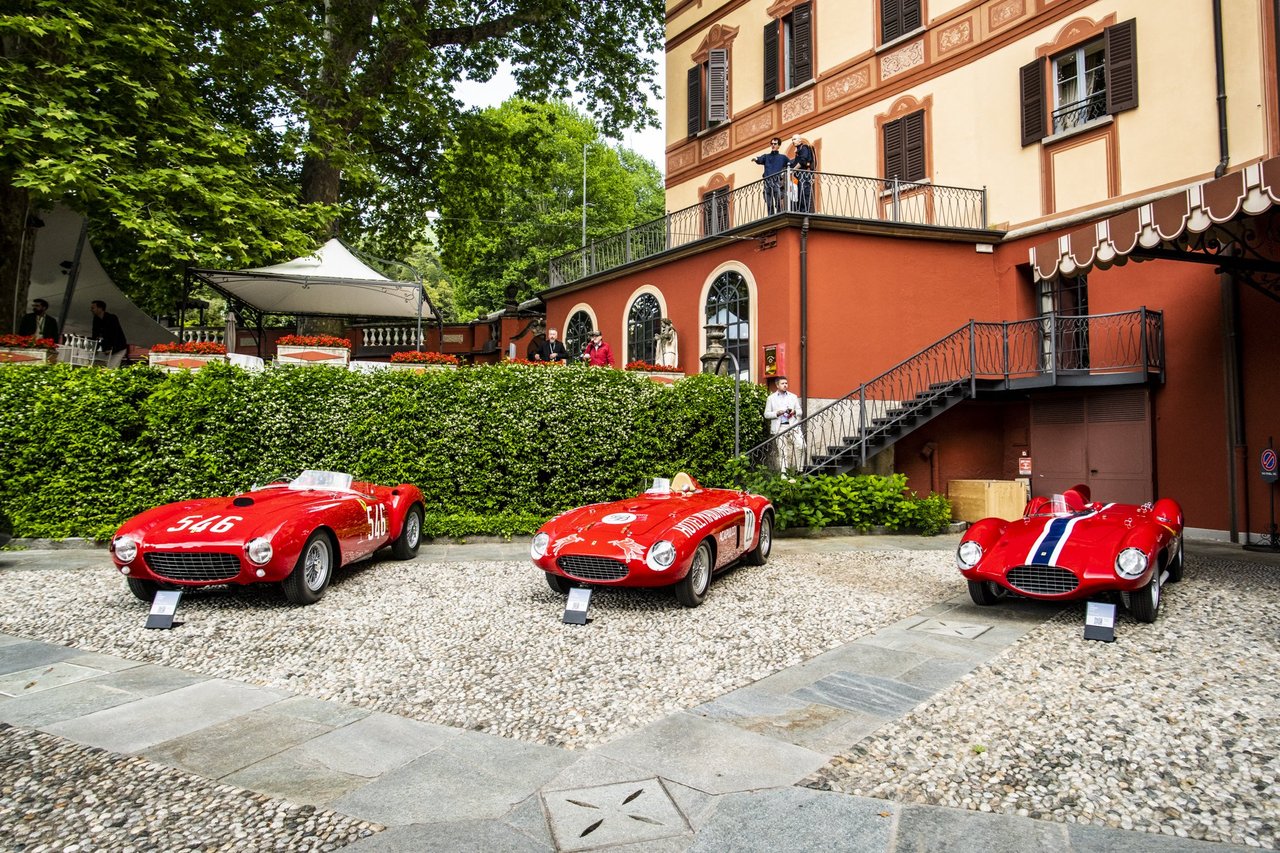

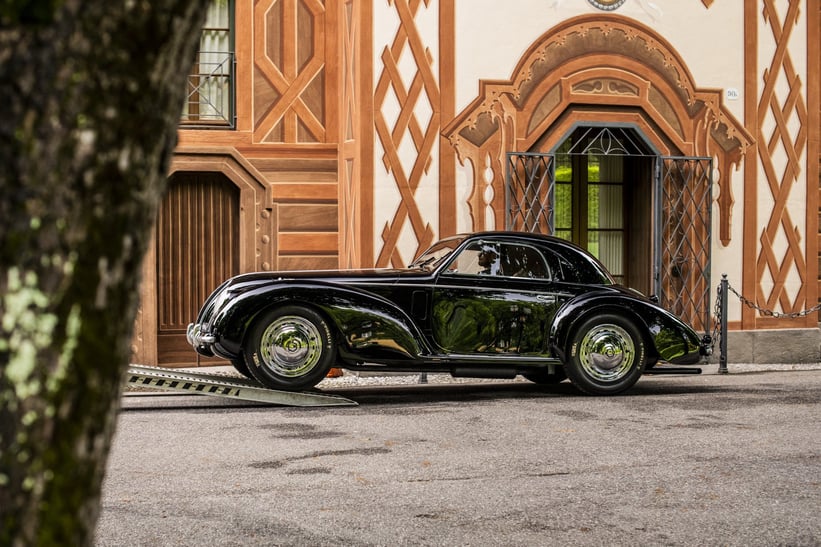
The most important weekend of the Concours world has started - and the excitement in the air is palpable and measured to the beat of an aggressive racing camshaft. This year, 54 historic collector cars will compete against each other in eight classes, with five additional entrants into the concept car & prototypes class. I have come here for many years, and the process is always more or less the same. But as I gaze over the grounds of one of the most luxurious and unique hotels in the world, I notice one peculiarity: only one class of cars does not feature a racing or performance car of any kind. It’s class H, ominously titled “Opulence meets Elegance before Times change forever”. I briefly pause to ponder, as we are currently undergoing a transition from combustion engines to hybrid, electric and finally self-driving cars, how quickly things change in the automotive world and how we never really fully understand what’s coming, and going, until it’s too late.
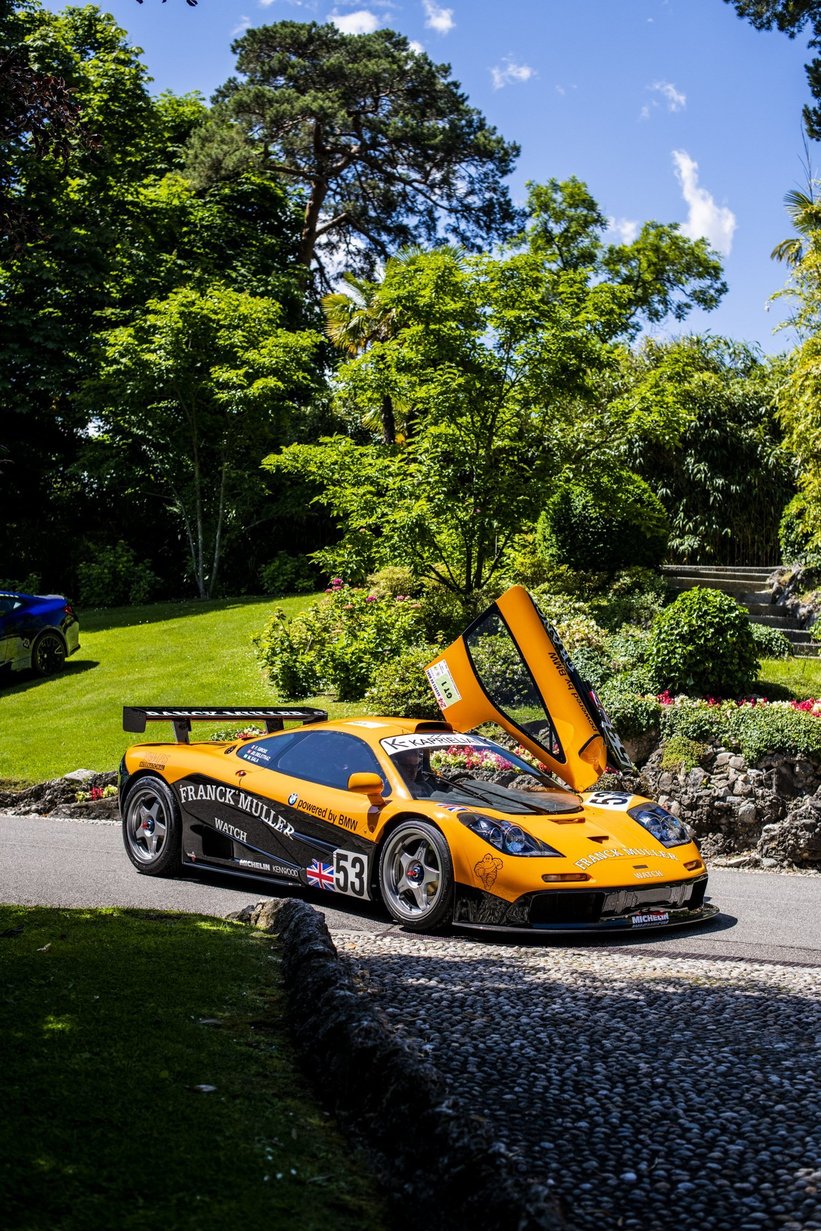

That is why collector cars and history are so important - they teach us about the past, where we come from. But as we experience this weekend, even this world of nostalgia is not impervious to trends and change. 15 years ago, the concours world was excited about stunning pre and post-war limousines and grand tourers. Today, the only thing that seems to get our blood pumping is a hardcore race winner. It comes as no surprise: most of the advancements in engineering come either from, well, war-mongering - or the desire to beat everyone on the racetrack. Maybe because modern cars are getting more and more comfortable, luxurious, and sanitised (as all brands eventually end up swimming upstream), we long for more hardcore, direct, real, off-grid and analogue experiences - which can be found in the form of any kind of performance vehicle. Having said that, and as this is a review story, not a column, let’s examine the individual classes and, regardless of the class winners, have a look at our favourite entries from this year’s Concorso d’Eleganza Villa d’Este.


Glorious Excess: The Evolution of the Money no Object Motor Car
Class A featured cars from 1920 to 1940, and was as eclectic as it was interesting. We marvelled at giants like the 1933 Duesenberg SJ that lived most of life in Mexico City, with its impressive body and advanced engine - dual overhead camshafts and four valves per cylinder produced 265 hp from its 6,9 litre straight 8, more than twice than any Bugatti or Rolls-Royce of the period. Parked next to it, there was the most beautiful Lancia Astura, an art-deco masterpiece of swooping lines and probably the most graceful car of them all, with woven green leather and a patented electric top, a first of its kind solution from coach maker Pinin Farina, who styled this first-ever luxurious Lancia.
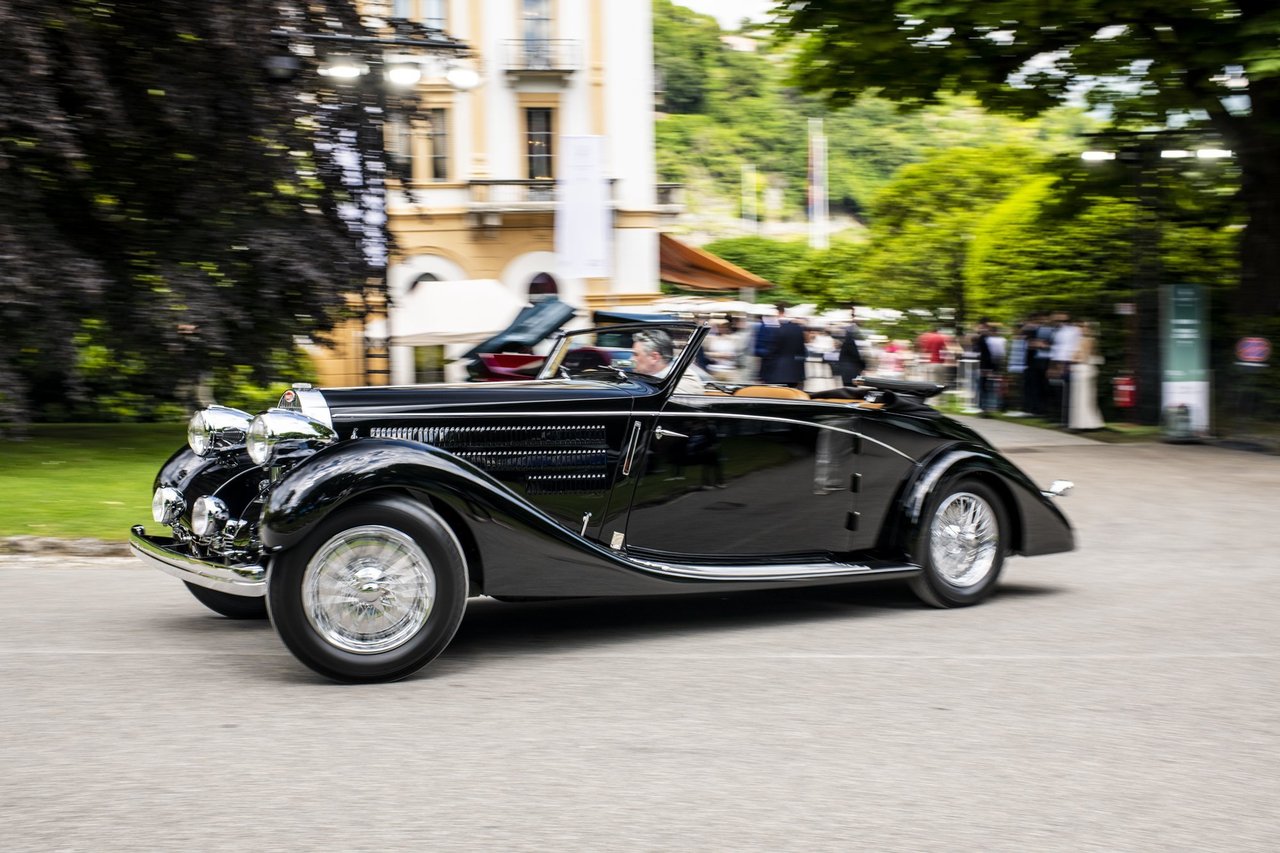
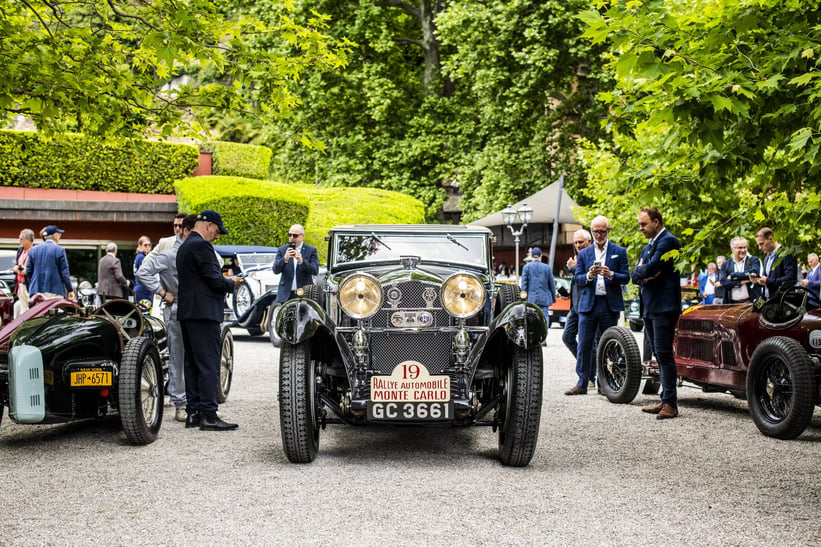

Things might end here if not for the fantastic, small-in-comparison, but highly aerodynamic Alfa Romeo 6C 2900 SS Touring Superleggera from Corrado Lopresto’s fanmous collection, a car that looks like something out of a Batman graphic novel (if Batman was Italian and lived in Milan). And did we mention the 1930 Bentley Speed Six - essentially a racing car with a Gurney Nutting body - that was once owned by one of the famous Bentley Boys, Commander Glen Kidston. As his nephew Simon introduced the car during the parade, BMW Classic's Helmut Käs asked him if “he needed a handkerchief,” to which Kidston replied wittingly: “What I need is a bank loan.”


The Decade of the Automotive Arms Race
While Class A included just one racing car, Class B was full of them, featuring machines from 1928 to 1938. The more important entries? Well, the selection ranged from a brutal 1928 Mercedes SSK and a fantastically patinated Bugatti Type 59, one of three produced, to an Alfa Romeo P3 Grand Prix car and Ralph Lauren’s 1938 Alfa Romeo 8C 2900 MM, a significant racing car (and propaganda tool, it was Mussolini’s Italy after all) that came second in the Mille Miglia of that year with Carlo Pintacuda at the wheel. After the war, it was shipped to the USA, owned by Phil Hill, and only just now returned, albeit briefly, to Italy after a 70 year hiatus.

The Post-War European Sports Car comes of Age
Class C was pure… class. “The Post-War European Sports Car comes of Age” was the theme and I was truly stunned by some of the entries. Especially the 1950 Bugatti Type 101 C with Antem bodywork impressed me: it's a strange car that seems to have two front ends, and the only Bugatti developed under Ettore’s son Roland after his father's death. It's a touching bookend to this family’s story as car manufacturers. Next to it stood a fantastically ‘baroque’ - which is typical of a design penned by Michelotti for Vignale - Ferrari 212 Export, once owned by Count Sanseverino. The stamped leather and engraved interior trim made me dream of the parties he must have thrown in his native town of Naples.
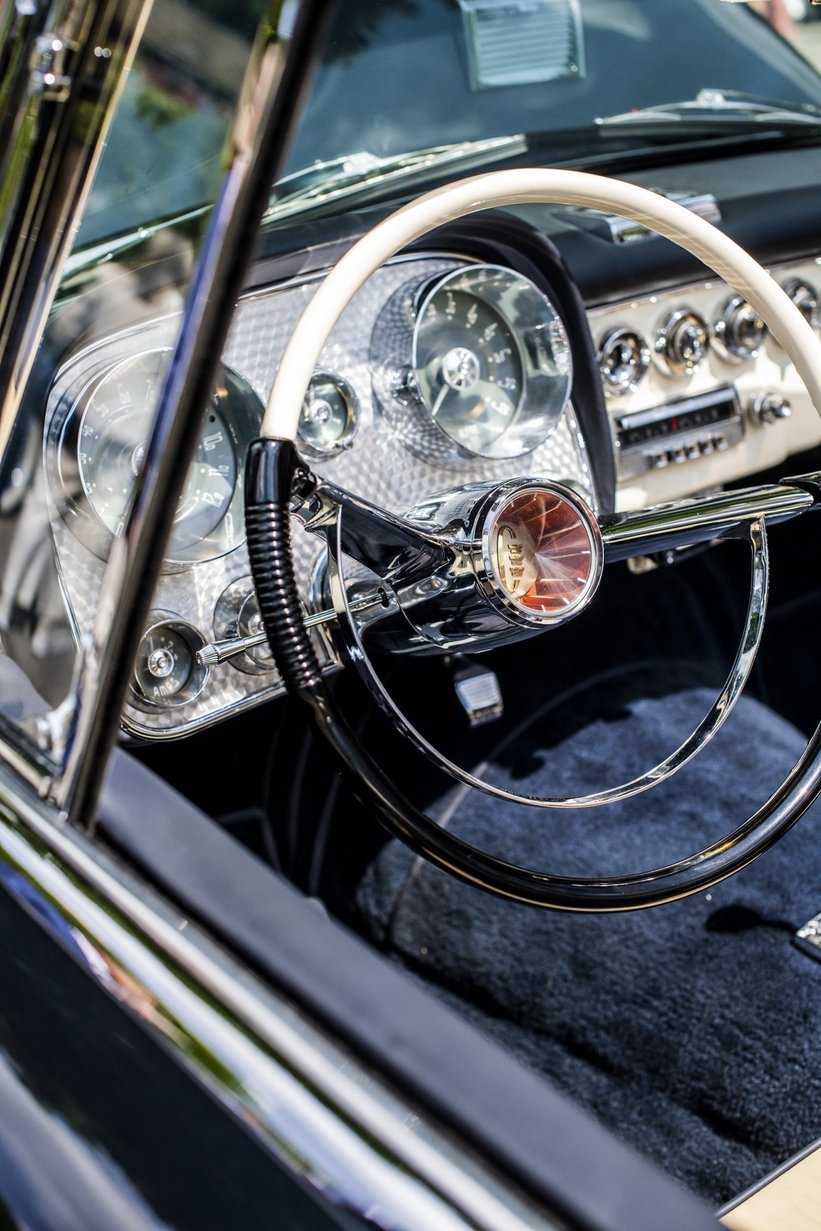
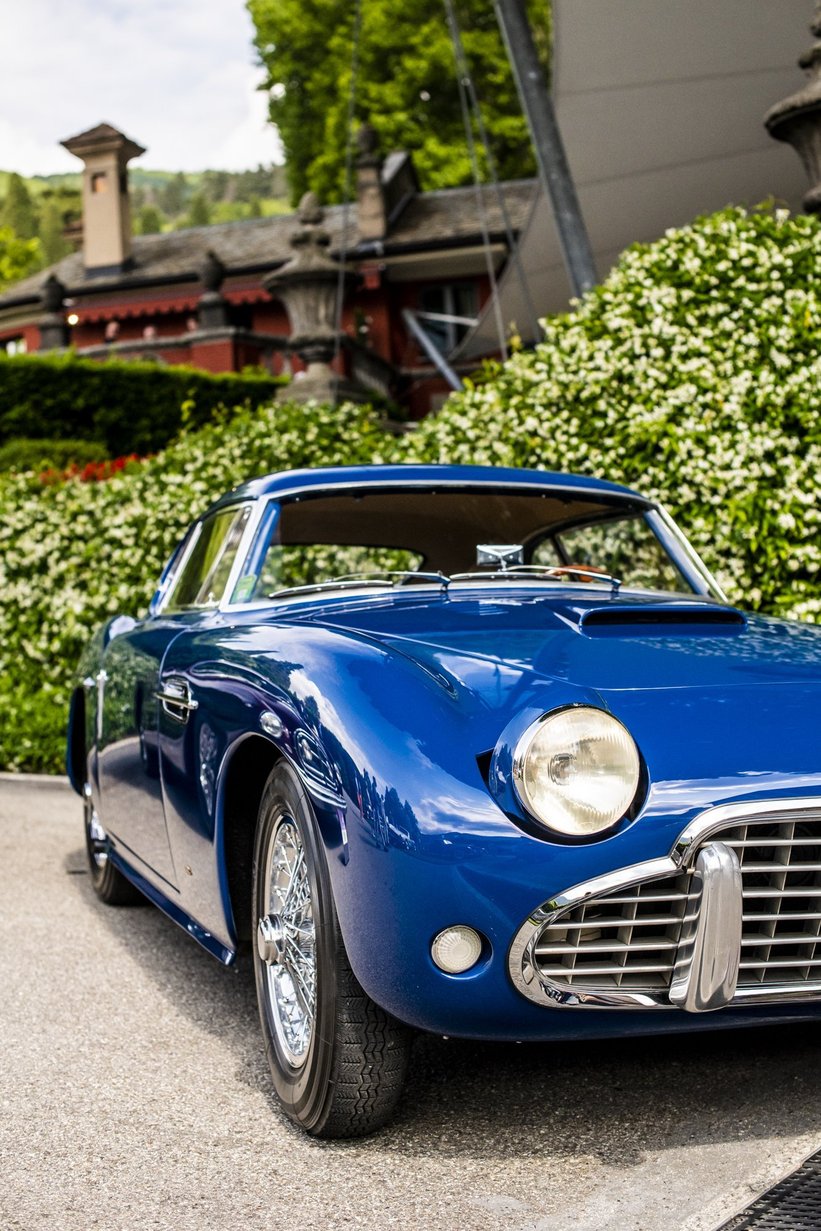
With the Carrozeria Balbo Siata 208 CS just on the right, the next cars in the class almost seemed a little common by comparison, even if as standalone machines they are absolutely stunning; at Villa d'Este, who has eyes for a Mercedes 300 SL Gullwing, a Ferrari 275 GTB and an Lamborghini SV Miura?


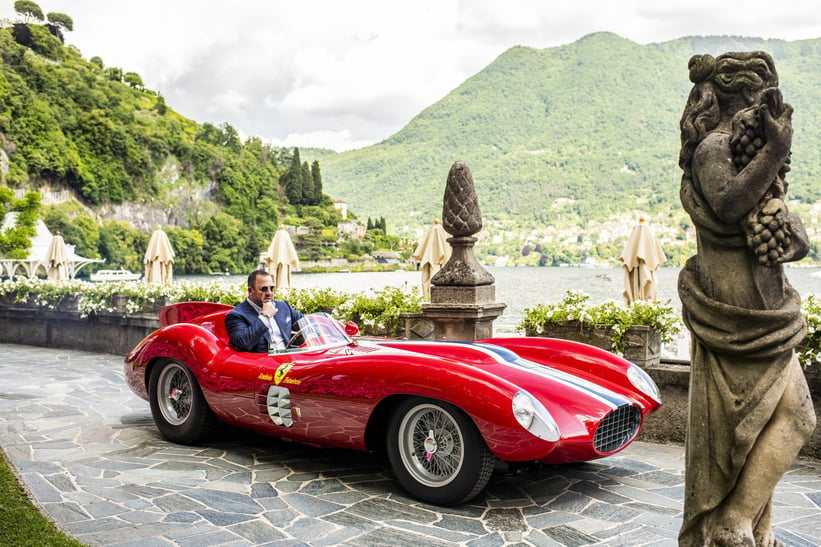
Titans of the Racetrack
“Titans of the Racetrack” were featured in class D, and made me rethink my stance on the question of “Can a racing car be elegant?” How can one not admire the angular front end of a Le Mans and Silverstone raced Aston Martin DB3/5, the simplicity and brutality of the 375 MM, 250 Monza and 121LM Ferraris, all icons of the Mille Miglia, Carrera Panamericana and Le Mans. The LM was a particularly interesting case, looking like a cross between a C-Type Jaguar and a 250 Testarossa, and featuring an Aurelio Lampredi designed 4.4 litre straight six engine with 360 hp. This large class also featured one of my abolsute favourites - the 1967 Ferrari 206S Dino known as the “baby” 330P3 - emanating with force, lightness, and purposeful competence, weighing just 600kg, with a 220hp V6 and a fantastic soundtrack.
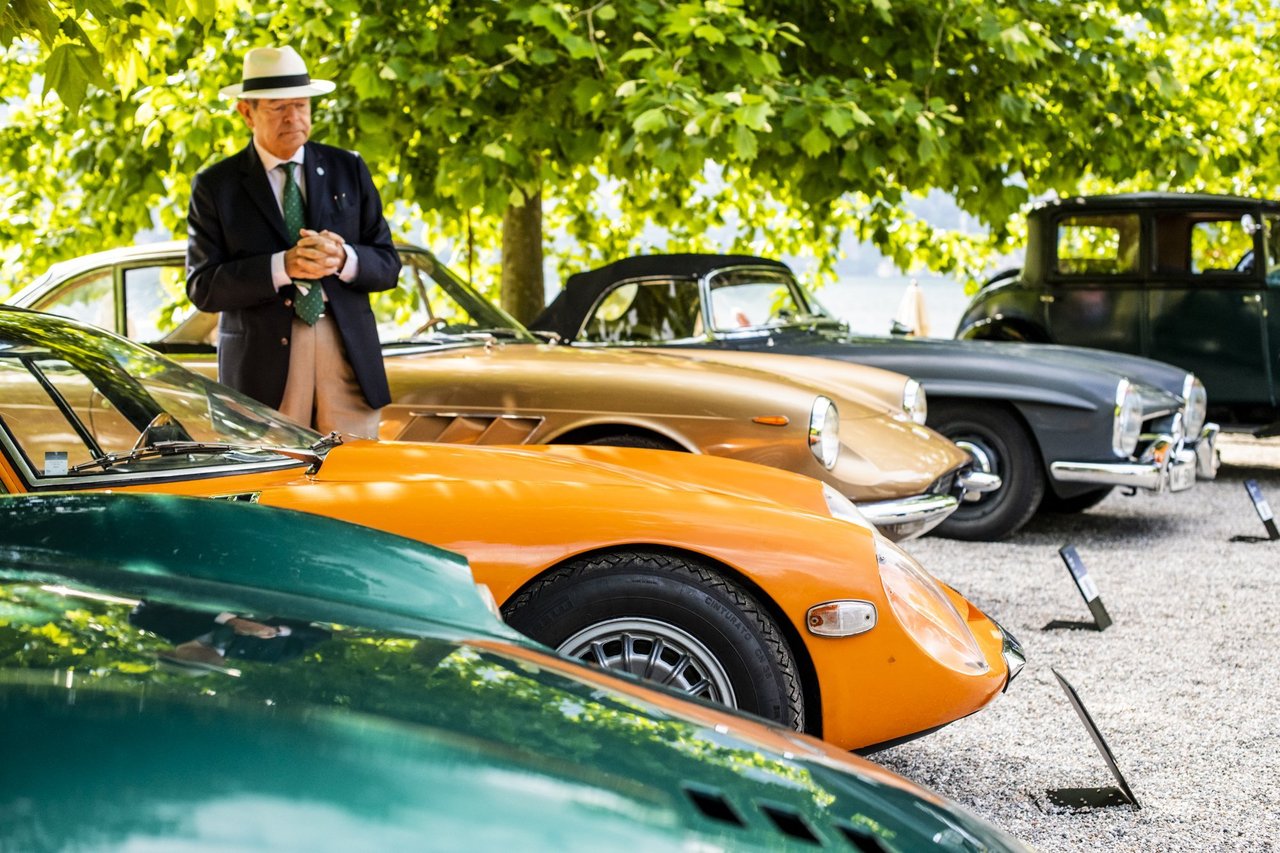
Frozen in Time
The all-important preservation class for time capsules built between 1900 and 1973 was full of exciting, sleek sports cars, apart maybe from the 20hp Rolls-Royce, known among enthusiasts as the ‘Canardly’, because 'It can hardly go up the hill'. My favourites? An early, Verde-Pino Ferrari Dino 206 GT, the very first six-cylinder road car made by Ferrari, an iconic machine with a tragic backstory and outstanding handling. Then there was the Bizzarini Europa 1900GT, the 5300 GT’s smaller sibling with an Opel-derived 1.9 litre engine: the rarest Bizzarini model of them all, and a personal car to the brand founder himself. Worth a mention is also the unsuccessful (only one was ever sold) Monteverdi Hai 450 GRS, with only 500 kms from new on the odometer.
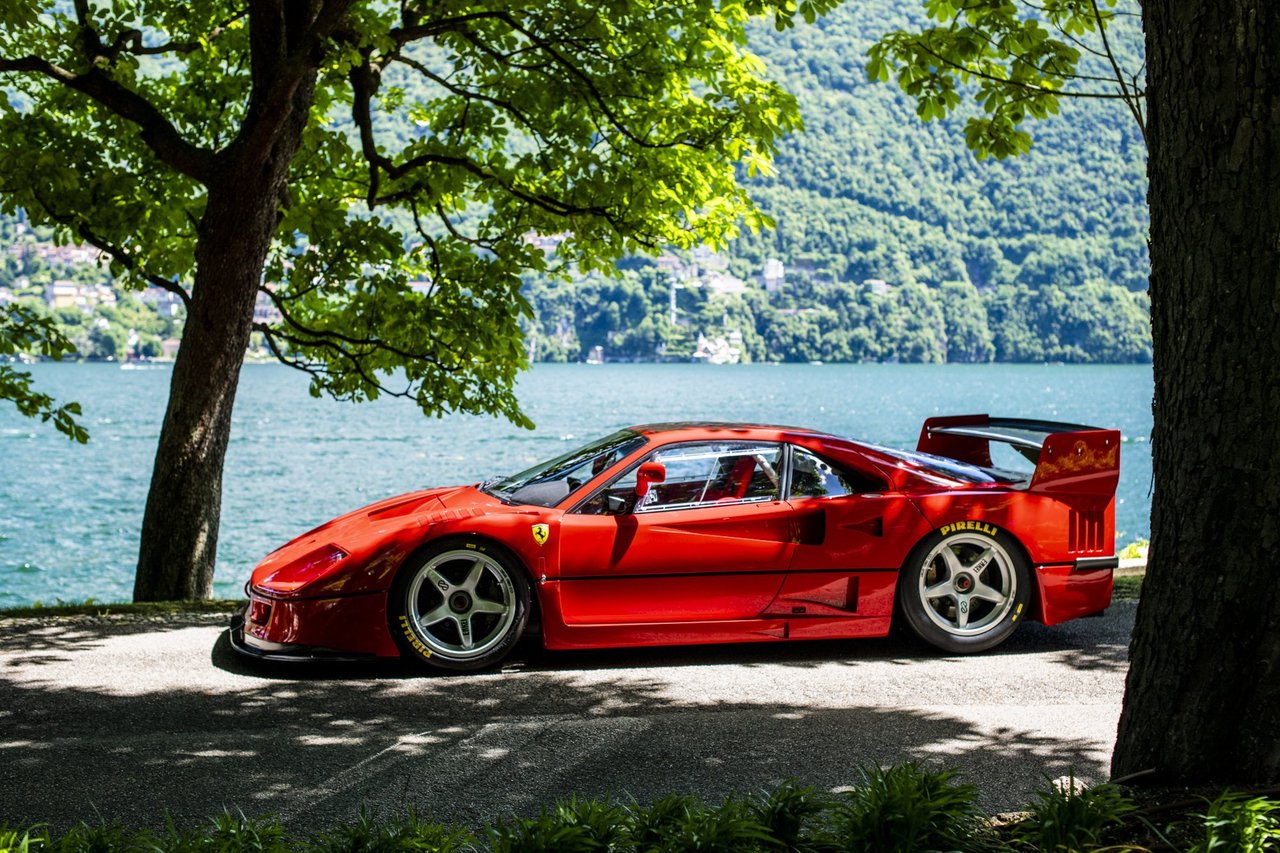
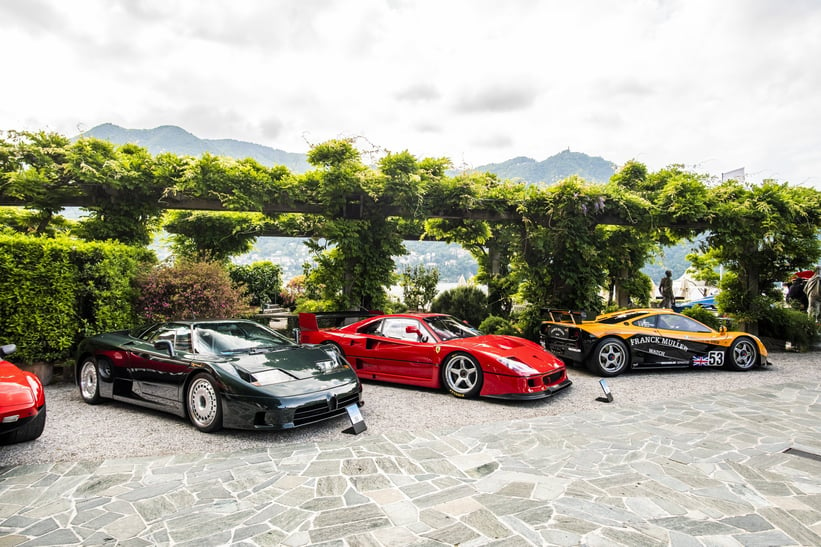
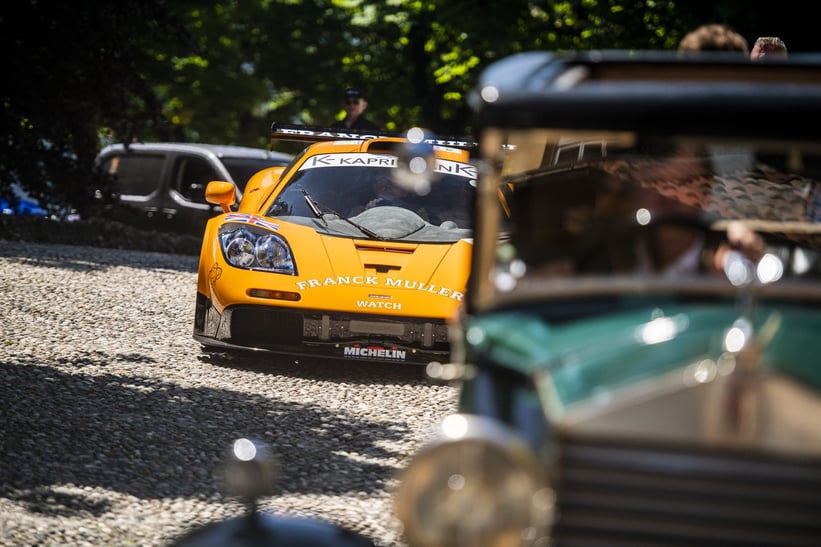
Go Big, or Go Home
Then we come to Class F that celebrated “Automotive Excess of the 80s to the New Millenium”. Considering last year’s win of the Ueno-Clinic McLaren F1, this field seemed to excite the crowds the most. Leading the class, the selecting committee had chosen a Verde Scuro Metalizzato Bugatti EB110, the car with which Romano Artioli reignited a global passion for Bugatti, and a brutal Ferrari F40 GTE racing car with aggressive spoilers, splitters and a front-end NACA duct, a car that clearly has nothing to do with elegance, as it looks like a punch in the face from Tyson Fury. Right next to it was a McLaren F1 GTR in Papaya Orange, Chassis #11R, desecrating the dignified surroundings.

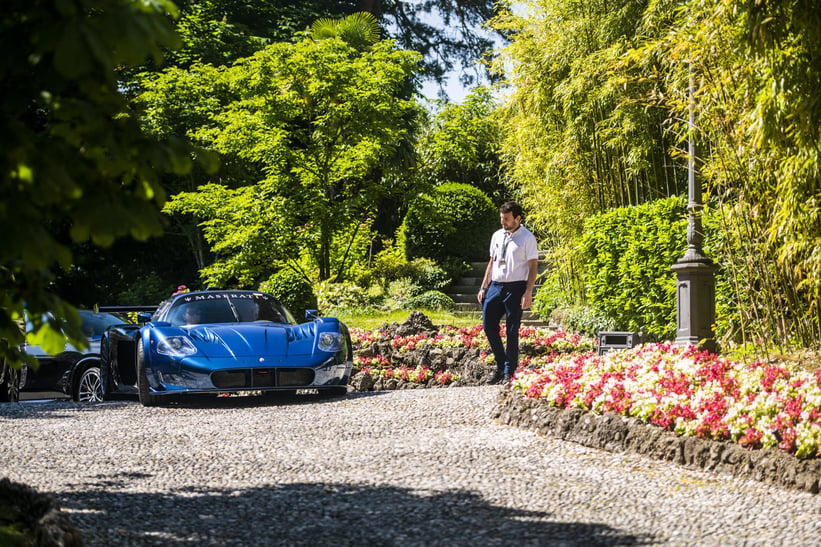
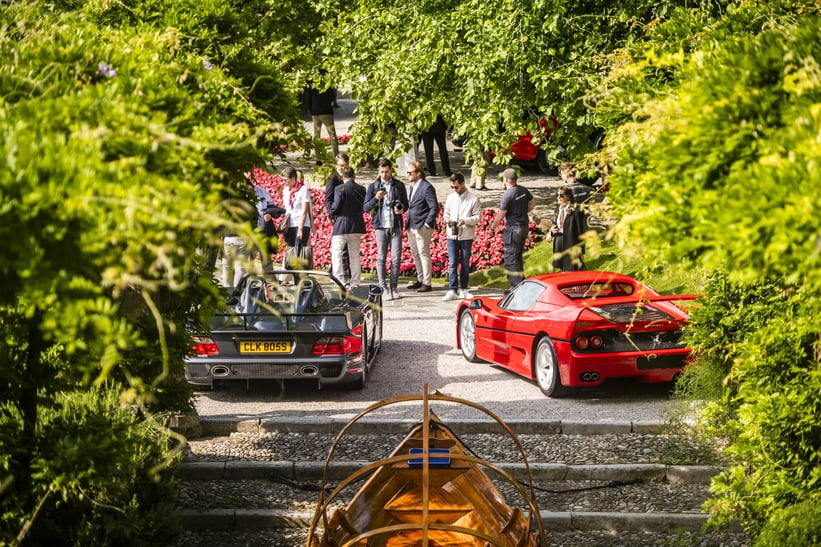
My favourites? The ultra-rare Ferrari F50 that was previously owned by Prince Saud bin Fahd bin Abdulaziz Al Saud of Saudi Arabia (349 units compared to the F40s 1300), the 2005 Mercedes-Benz CLK GTR, one of seven roadsters and the only one in RHD, and finally, and the best sounding car of them all - and the Maserati MC12 Corsa, chassis 0001, one of three road-legal Corsas in existence.


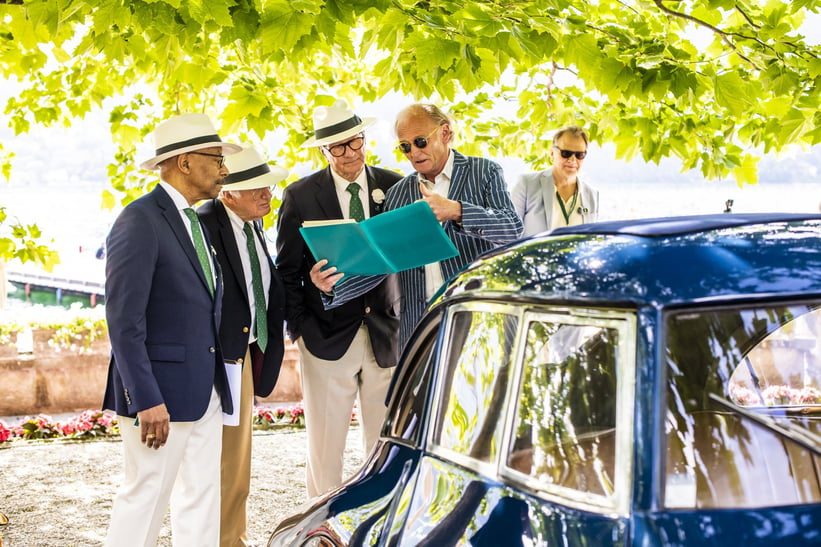
Gone, but proudly not forgotten
The most elegant cars however were to be found in Class G, comprised of cars from brands that don’t exist anymore, failed projects and dreams that are now “Gone, but proudly not forgotten.” In it was the absolute show-stopper that is the 1948 Talbot Lago T 26 Grand Sport with a two-tone Saoutchik body, and gold plated interior trim. Opulent to the extreme, the car was a great illustration of how the style of this former cabinet maker, who had emigrated to France from the Ukraine, evolved through the ages into complete and utter madness (at least when you compare it to a restrained Bugatti 57).

But neither Saoutchik, Renzo Rivolta nor Wilfredo Ricart (the founder of Pegaso, who engineered the Z-102 also presented in the class) could even imagine the craziness of the Osi Silver Fox Prototype, a twin-bodied catamaran car and brainchild of Mille Miglia legend Piero Taruffi (hence the Silver Fox nickname). Powered by a tiny 1000cc Alpine Engine, it's a car designed to break records due to its innovative aerodynamics. And no matter the angle, it's a completely shocking and mesmerising proposition.
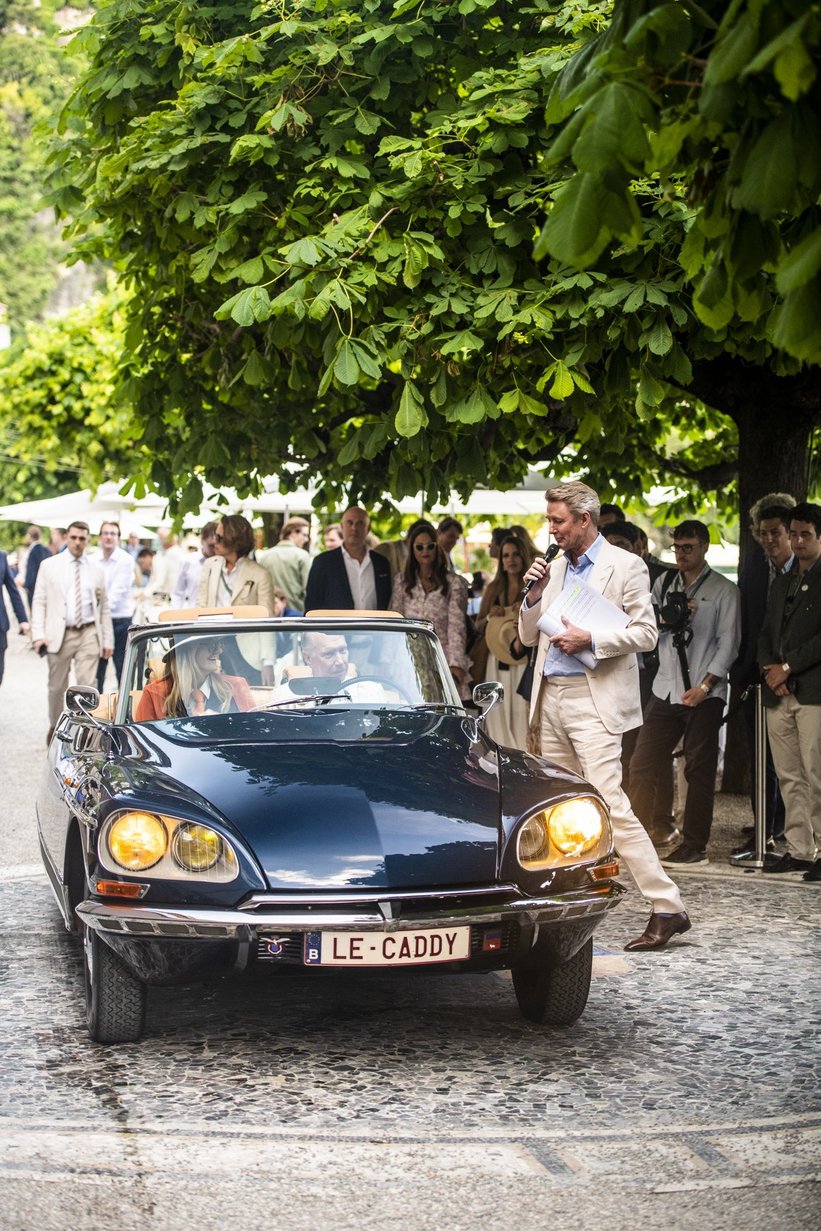

Opulence meets Elegance before Times change forever
Finally we arrived at Class H which featured a great many exquisite machines, like the MK VI Bentley with a stunning Pininfarina Body, the extremely refined and rare Ferrari 410 Superamerica of which only 12 were made, and the Citroën DS Le Caddy by Henri Chapron we presented to you as the most elegant coachbuilt convertible last week. Honestly speaking, it was the only class in the concours that showed a certain elegant restraint.
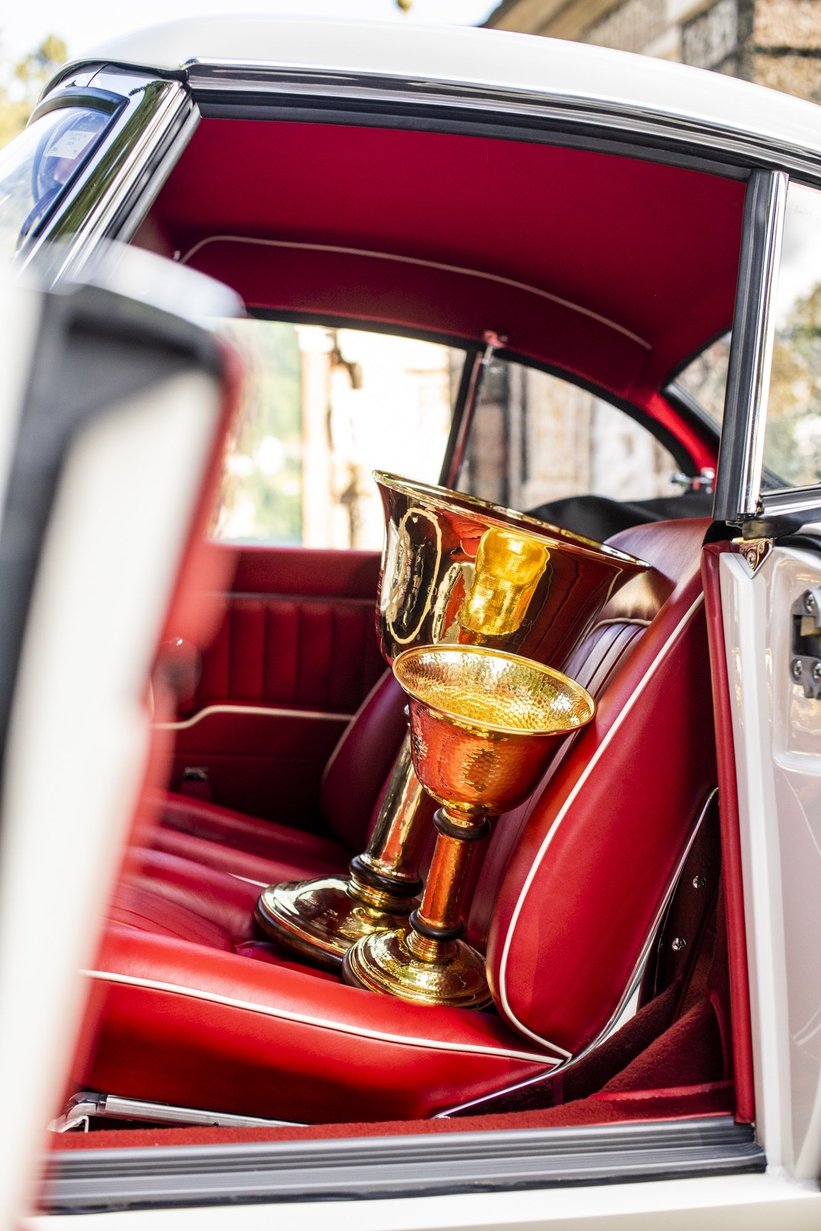

Coppa d’Oro Villa d’Este
We are happy to report that the BMW 507, the famous roadster designed by Albrecht Graf von Goertz, not only won the “Most Iconic Design Award”, which is understandable as it is maybe the only German car in history that looks like it’s been styled by an Italian, but also, and to everyone’s surprise, the “Coppa d’Oro Villa d’Este” trophy awarded by the public. It's a well-deserved gift for BMW Classic who are celebrating the 20th anniversary of their patronage of the Concorso d'Eleganza Villa d'Este. Congratulations!


Best of Show
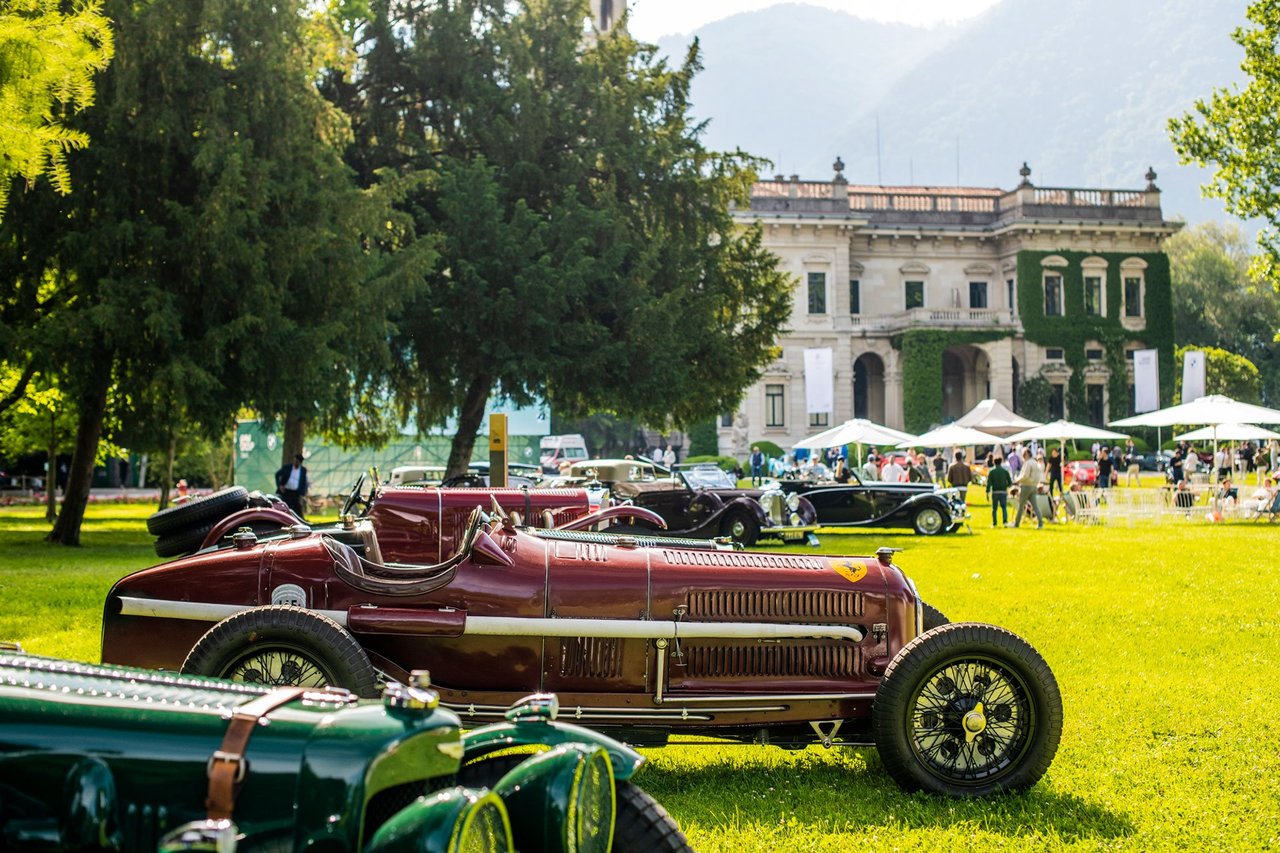
This weekend, the well-preserved car from the Victoria Collection in Germany got another notch on its belt of wins - having convinced the jury of the 2025 Concorso d'Eleganza Villa d’Este to grant it the highest of accolades. Which only proves my original point. Although the Alfa is not a exactly a modern day hypercar, like last year’s Copa d’Oro winner for example, for a second time in a row the “Best of Show” award is given to a hairy chested, hardcore utilitarian racer. Groundbreaking, fascinating in the simplicity of its aesthetics, and inspiring by its racing prowess and technical brilliance, historically important but not exactly classically beautiful. Is this obsession with speed and performance just a fad? We will find out next year!
Photos: Rémi Dargegen for Classic Driver



















































































































